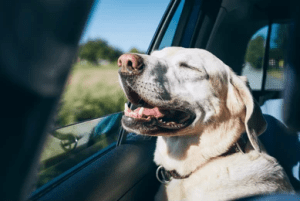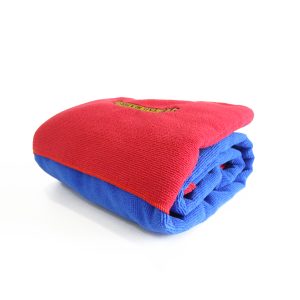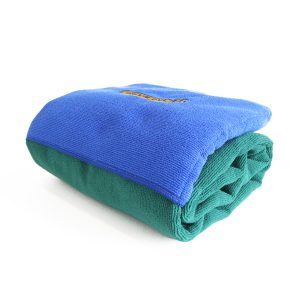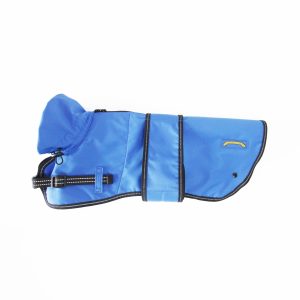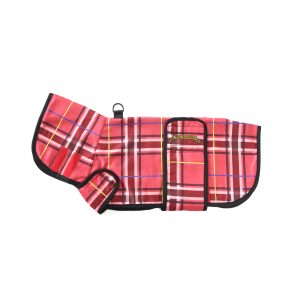Which one of these pet care giants is the best option? Is the age-old dog collar or harness better? Which should you invest your money in? Which will work the best for every situation?
Is a Dog Collar or Harness Best for Puppies?
Let’s start our comparison with puppies! After all, most dog owners adopt during puppyhood. Why not start at the beginning?
Very young puppies are so small they would be hard to walk. They don’t finish their DHPP core vaccines until that sixteenth week, so they can’t walk far from the home safely anyway. They also have a very vulnerable neck and trachea.
These rules out collars for anything but identification and decoration! A developing puppy could easily damage that little neck if enough pressure were applied from a collar. You certainly don’t want to use slip collars (choke chains) on a puppy, and an electric collar might frighten the pup.
Your little puppy is probably going to quickly grow out of any harness you buy. If you’re able to find one you can adjust with growth, these will be safer.
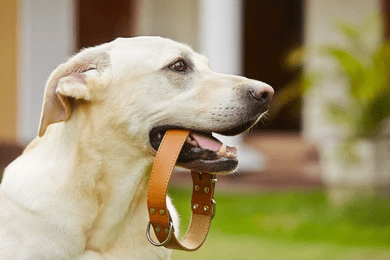

9 Surprising Dog Facts: Do You Know Them
Collar or Harness for Dog Walking?
Let’s look at the dog collar first! This is the most traditional article to attach a lead to. There are also several kinds, from regular nylon collars & martingale collars to slip collars, prong collars, or electric collars.
You can even consider a ‘halter harness’ as a type of collar your dog wears over his head. These look sort of like a horse’s halter and are meant to provide a humane method to discourage pulling.
Now let’s look at the overall body harness!
When you’re walking your dog, harnesses are said to discourage pulling. If your dog is a big puller, you might consider something resembling a ‘halter harness’. This simply forces a dog in a certain direction if he pulls. It doesn’t tighten and isn’t painful or aversive in any way.
Soon the dog will learn he can’t proceed forward if he pulls, and the only way to move forward is to not pull!
What about reflection for road or night safety? Many harnesses are either built with very strong reflective strips, or they allow Velcro attachments for them. These cover a dog’s entire torso, as opposed to the neck only.
Which Offers Better Control?
Though traditional, a dog collar only circles a dog’s neck. Many dogs can become so excited or reactive; they pull regardless of breathing difficulties- which is another fault of the dog collar. Martingale collars discourage pulling but require training to wear at all.
The body harness is quite a bit different! Even if your dog does pull or jump, and leash reactivity is a problem, you have better control of your pet’s entire body. In nearly all cases of collar or harness control, the dog harness comes on top (unless you are using a specialized collar).
Dog Collar or Harness? Which is the Best?
At the end, which is best in our opinion? Believe it or not, we use both!
Dog collars are great for displaying identification & vaccination tags. This is the only reason our dogs wear collars, but they always wear their collar and never take them off. We don’t use collars for leash walking.
We attach a body harness whenever we want to take our dogs walking or hiking outdoors, but they rarely wear their harnesses inside.
- Note: We also recommend micro chipping your dogs as a backup form of identification in case the dog tags are lost or aren’t legible.
Tail Blazers UK Dog Supplies
Are you looking for quality UK dog supplies for your dogs alike? Are you confused by all your options available? Take a look at Tail Blazers! We offer several fantastic products your dog will love, especially during training time!


